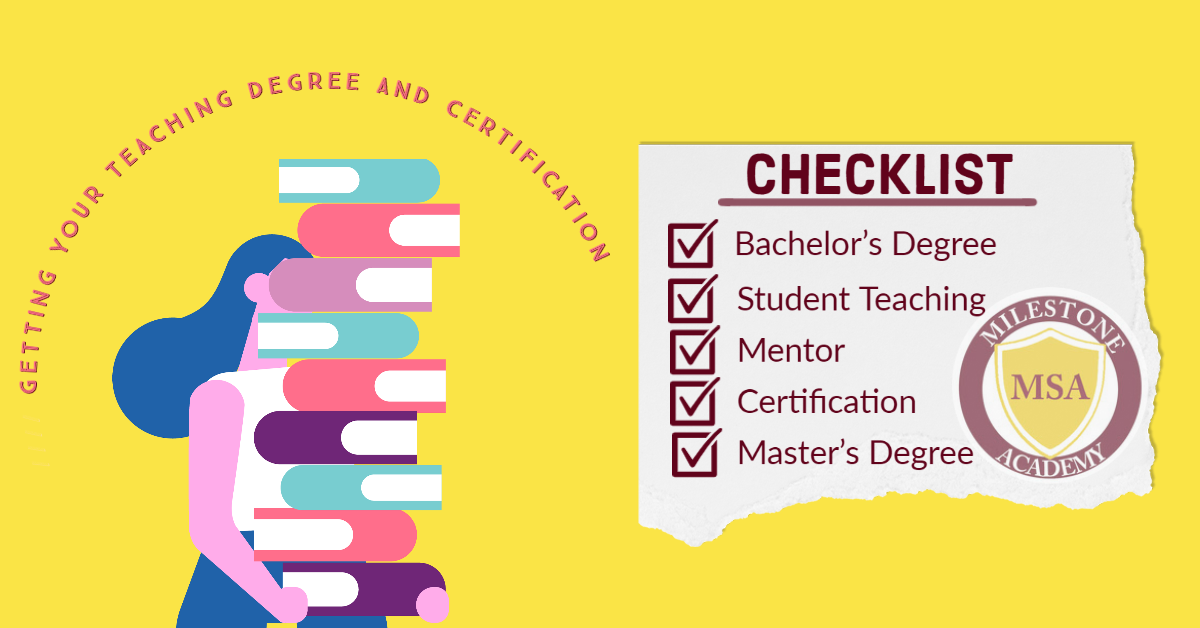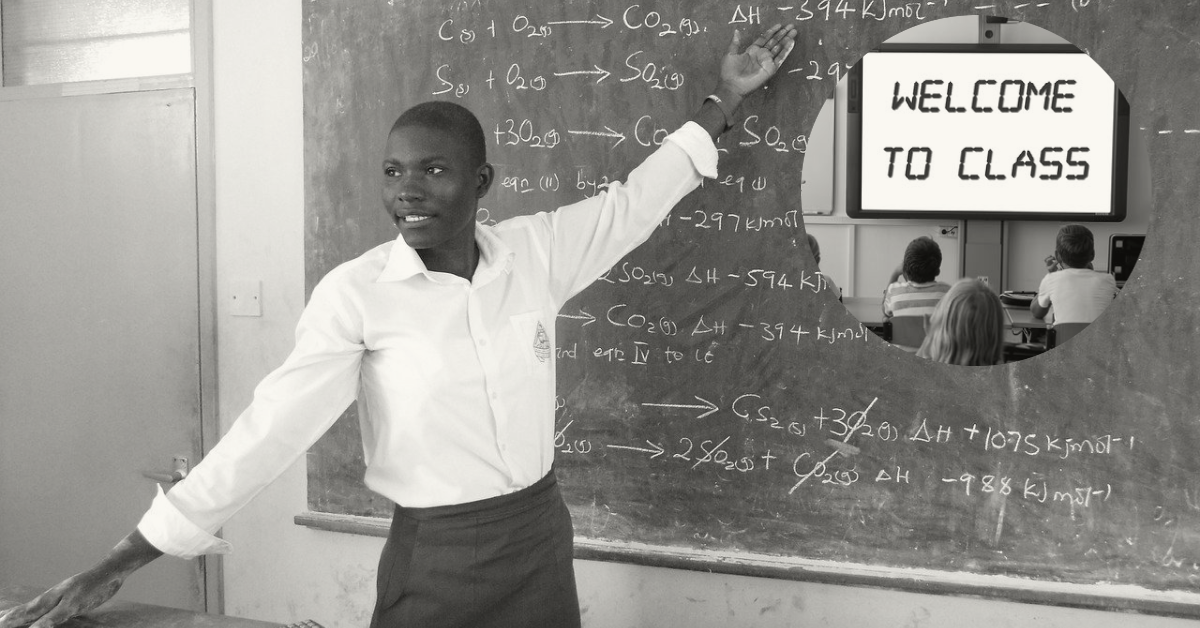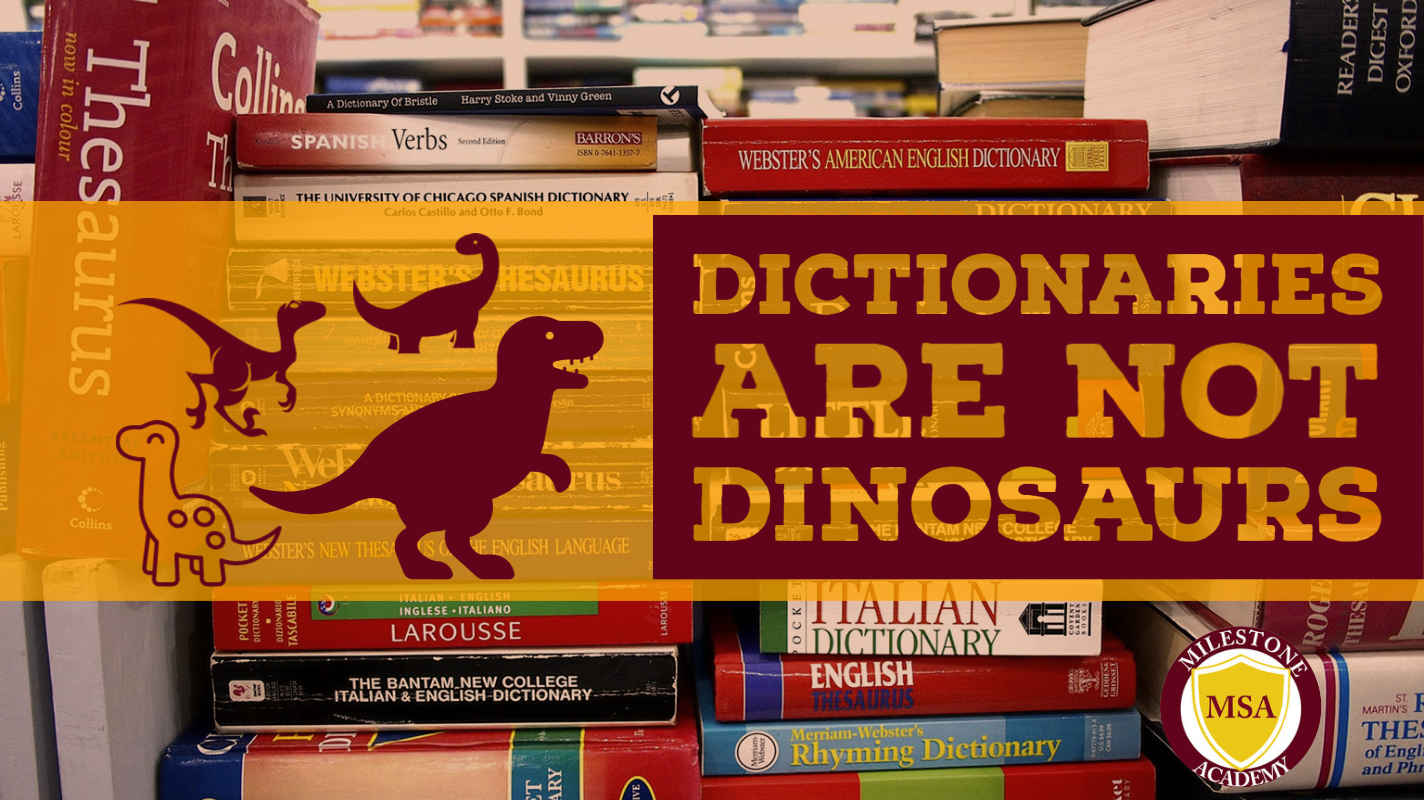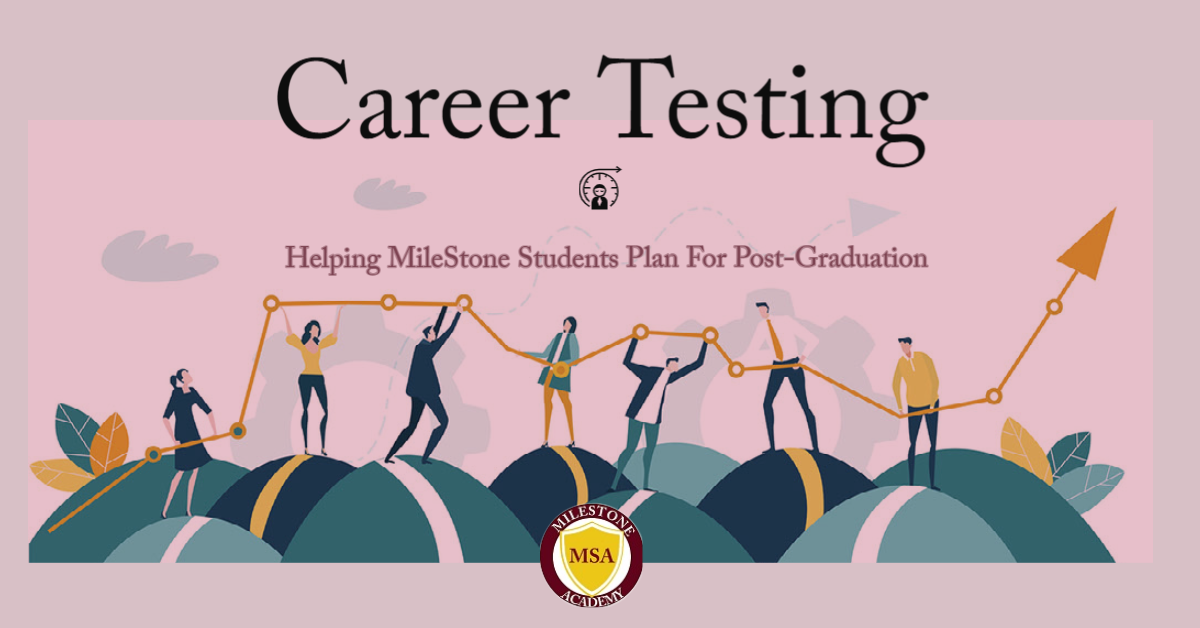
Drawn to the Classroom: Becoming a Teacher
Teaching is a rewarding profession that makes a difference in people’s lives. Watching students learn and grow is an unparalleled experience. People who feel called to the profession often feel it’s worth the investment of time and education to earn their degree and have their own classroom.
Becoming a teacher doesn’t need to be an overwhelming process. It starts by making some initial decisions based on your preferences. To learn more about making this worthwhile transition, explore the following advice brought to you by MileStone Academy.
Narrowing Down Your Dream to Becoming a Teacher
When you think about having your own classroom, consider the age range of the kids you envision in your mind. Most people who dream of a teaching career have already pictured themselves in front of the classroom. Many feel compelled to teach a certain age range or topic. The decision about age level is crucial because it guides the curriculum you will need to follow in your educational journey.
People who opt to teach kindergarten through fifth grade follow an elementary school teacher curriculum. Whereas middle and high school teachers follow a secondary education track that is more specialized by subject area. And if you have your sights set on teaching college students, you’ll need to follow a highly specialized extended learning track. Art and music are other specialties that require their own unique curriculum outside of the core requirements.
Once you narrow down your age range for teaching, it is a good time to consider your college journey.
Getting Your Teaching Degree and Certification
Teaching requires a four-year bachelor’s degree. If you are working toward a degree in elementary education, your program gears a generalist framework. Elementary teachers cover all subject areas. However, secondary education teachers earn a bachelor’s degree in a particular subject. Then, they follow a program geared toward teaching middle and high school students.

Later, at the end of the educational programs, enrollees must be supervised to prove the skills they learned. This is called student teaching which helps the student teacher prepare to enter the classroom. Education majors have a mentor so can they receive feedback and guidance. In addition, the student and mentor document the process.
After earning a bachelor’s degree and student teaching, prospective teachers apply for certification at the state level. The Department of Education reviews each applicant’s college transcript. The review includes student teaching criteria and awards certification which is based on meeting the requirements of that particular state.
It is beneficial to consider earning an online master’s degree in education. Online master’s programs offer plenty of flexibility for advanced coursework which includes field work and high-level skills for teaching. Moreover, you are increasing the likelihood for a greater salary range. Earning a master’s degree in education can make your resume stand out from others who are applying for teaching jobs.
When the educational requirements are met and certification is secured, future teachers are ready to find work in the classroom.
Landing Your First Teaching Job
Finding a teaching job feels like a scary process, but with a few pointers and advanced preparation, you will be at the front of a classroom before you know it.
Here are three things to consider when you start looking for a teaching job:
- Build a portfolio and resume which includes your teaching philosophy and experience. Do this before interviewing.
- Do not to be too alarmed if your resume feels small. No one expects new teachers to have a lengthy list of experience in the field.
- In addition, include other skills and abilities that make you an asset to the school setting, including sports experience and special interests that may be conducive to a student club or extracurricular group.

Often job interviews include the principal, school superintendent and other teachers from the district. Be sure to devise your own list of questions for the interview, including questions about class size and resources for teachers to access for classroom materials.
In the future, when you are in front of your classroom of students, the steps you took to get there will be well worth the time and effort. Teachers are a vital part of a thriving culture, and those called to the profession often enjoy a long, rewarding career.
For more information about educational and developmental opportunities, connect with MileStone Academy.
This article was contributed to MileStone Academy by Susan Good.
Are you interested in becoming a contributor to MileStone Academy’s blog and newsletter? We would love to hear from you! Send us an email and we will get back to you as soon as possible.


